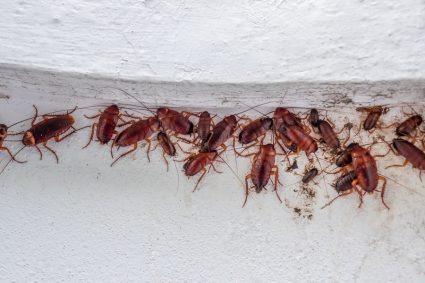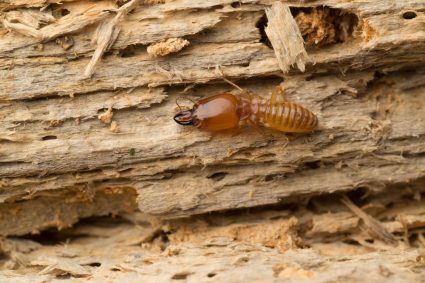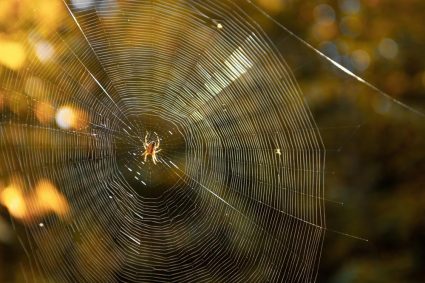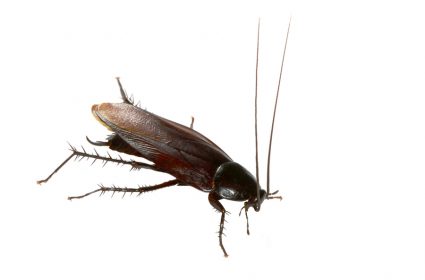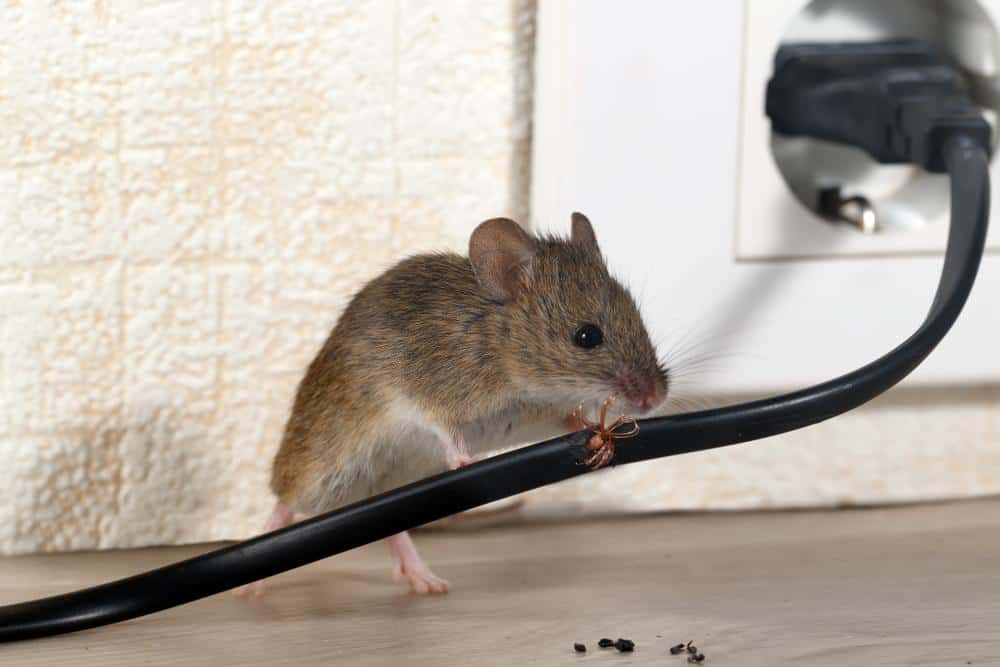
In the world of pests and pest control, knowledge is power. One of the most common household pests, the mouse, often leaves behind a telltale sign of its presence: droppings. But understanding what old mouse droppings look like can be crucial in identifying and dealing with a potential infestation.
Old mouse droppings are typically small, dark, and pellet-shaped, resembling dark grains of rice. However, unlike fresh droppings which are black and moist, old droppings become dry and crumbly. The color of the droppings fades over time from black to brown and then to grey. The exact color and texture can vary depending on the mouse’s diet and the age of the droppings.
Identifying Mouse Droppings
Mouse droppings are typically small, dark, and pellet-shaped. They resemble dark grains of rice and are usually an eighth to a quarter of an inch in length. Fresh droppings are typically black and moist to the touch, while older droppings become dry and crumbly. Over time, the color of the droppings fades from black to brown and then to grey.
How Mouse Droppings Change Over Time
The appearance of mouse droppings changes over time as they age. Fresh droppings are black and moist to the touch, while older droppings become faded and crumbly. Within the first week, the droppings will start to turn brown before fading to grey. The change in color often depends on the food source, making it difficult to determine the exact age of the droppings. However, removing the droppings and monitoring for new ones can help determine if there is an active infestation.
Health Risks Associated With Old Mouse Droppings
Old mouse droppings can pose several health risks. They can harbor bacteria and viruses that cause diseases such as Hantavirus Pulmonary Syndrome, Arenavirus, and Salmonella. To minimize the risk of infection, it is essential to clean and dispose of rodent droppings, urine, and nesting materials properly. Avoid sweeping or vacuuming these substances, as this can cause virus particles to become airborne. Instead, use a bleach solution to disinfect the area and always wear gloves and a mask while cleaning.
Mouse Droppings Accumulation
A single mouse can produce between 50 and 75 droppings per day. Given the number of droppings a mouse can produce, an infestation can lead to a rapid accumulation of droppings. Mice also defecate as they travel, so droppings are often found along their runways and near food sources.
Where to Find Old Mouse Droppings
Old mouse droppings are most likely to be found in areas where mice hide or search for food. These areas include kitchen cabinets, under the sink, in wall voids, attics, crawlspaces, garages, remote areas with little foot traffic, beneath or behind kitchen appliances, and in closets and storage areas.
How to Safely Clean Up Old Mouse Droppings
When cleaning up old mouse droppings, it is important to take precautions to reduce the risk of contracting diseases. This includes ventilating the area, wearing protective gear, preparing a disinfectant solution, soaking the droppings in the solution, wiping up the droppings, and disposing of the waste properly. After completing the cleanup, wash your hands thoroughly with soap and water.
Preventing Mice Infestations
Preventing mice infestations is the best way to avoid finding old mouse droppings in your home or building. This can be done by sealing gaps and holes, keeping food and shelter away from mice, maintaining cleanliness and sanitation, eliminating entry points, using traps or bait, removing existing rodent occupants, and seeking professional help if necessary.
In conclusion, identifying old mouse droppings can be a crucial step in dealing with a mouse infestation. The droppings can provide valuable clues about the presence and severity of an infestation. However, it is equally important to take precautions when dealing with mouse droppings to minimize the risk of disease transmission. If you suspect an infestation, consider seeking professional help to ensure the problem is dealt with safely and effectively.
Frequently Asked Questions
What is the difference between mouse droppings and rat droppings?
Mouse droppings are generally smaller and more pellet-shaped, resembling dark grains of rice. They are usually an eighth to a quarter of an inch in length. Rat droppings, on the other hand, are larger and more capsule-shaped, measuring about half an inch to three-quarters of an inch in length.
Can I use any type of bleach solution to disinfect the area with mouse droppings?
Yes, a bleach solution can be used to disinfect the area. The Centers for Disease Control and Prevention (CDC) recommends a solution of one part bleach to ten parts water.
How long do mouse droppings stay infectious?
The length of time mouse droppings stay infectious can vary, but it is generally believed that the droppings can harbor viruses for at least a week.
How can I tell if the mouse droppings are fresh or old?
Fresh mouse droppings are usually black and moist, while old droppings become dry and crumbly. Over time, the color fades from black to brown and then to grey.
What should I do if I find mouse droppings in my home?
If you find mouse droppings in your home, it is important to clean up the droppings safely to minimize the risk of disease. It’s also advisable to take steps to prevent further infestation, such as sealing gaps and holes and keeping food and shelter away from mice. If you suspect a large infestation, consider seeking professional help.

